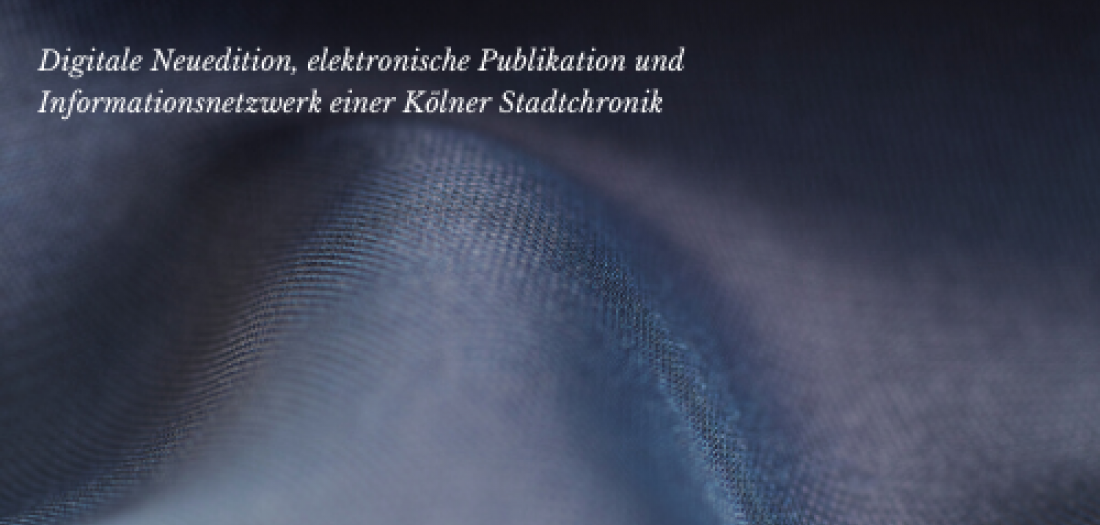Manuscript from the Cologne City Archive is now available as a digital edition
„Dat Nuwe Boych“
25.05.2012 | General, Project News

When, in March 2009, the Historical City Archive of Cologne (HAStK) collapsed, about 90% of its books and manuscripts were buried in the ruins – with them also the only manuscript of the “Nuwe Boych” from the 14th century. Although the manuscript could be uncovered, the restoration continues and the document is not accessible. A digital edition, developed by a project team under Monika Hanauska, MA., and Dr Natalia Filatkina at Trier University, makes the text accessible online as a virtual copy via www.neuesbuch.uni-trier.de .
The “Nuwe Boych”, written by Cologne town clerk Gerlach von hauwe between 1396 and 1399, portrays numerous offences and misconducts of the patricians in the city of Cologne which the writer uses to denounce their lacking responsibility of government. Hanauska discovered this interesting record whilst working on her doctoral thesis and considered it strongly worth publishing; particularly after it became clear that the original document would not be accessible for quite some time after the collapse of the archive. Thanks to a start-up funding by the HKFZ Trier, the expert assistance of the TCDH, and the Cologne city archive’s imperative interest in making the manuscript accessible again, the project could be realised.
This digital edition is the third version of the “Nuwe Boych”, but the two preceding releases from the 19th century don´t contain the whole text and don´t work particularly close to the manuscript. In contrast, the online edition offers an exact page to page and line to line transcript as well as a diplomatic transcription closely connected to the appearance of the original document and regards both the actual text and the contained paratexts such as marginalia, glossaries, and copies of other records. An additional personal register helps with the content analysis. The transcripts were produced on the basis of a microfilm by the HAStK and a digitisation by the Hill Museum and Manuscript Library, Collegeville. Where the reproduction didn´t lead to explicit data, Hanauska had to call upon the earlier publications. Yet, some cases of doubt will only be solved when the restoration of the original manuscript is completed.
Link: The digital edition

